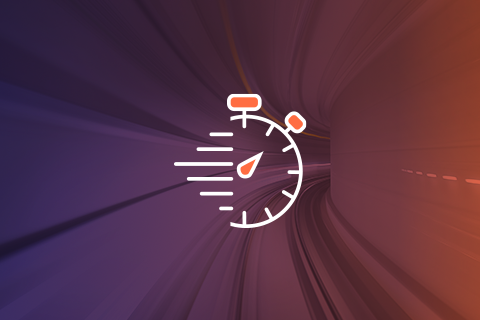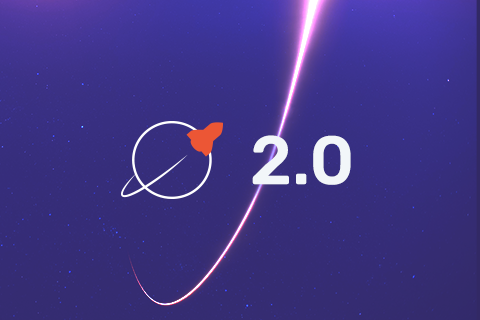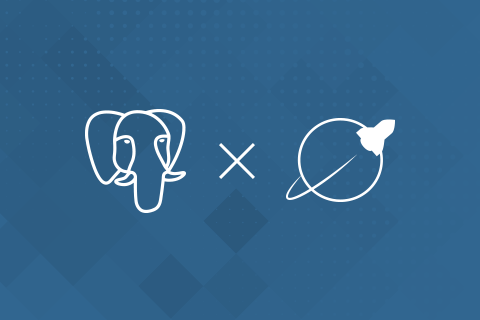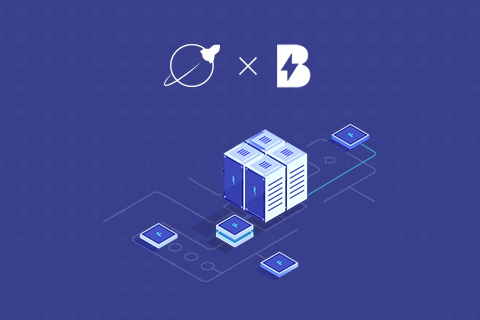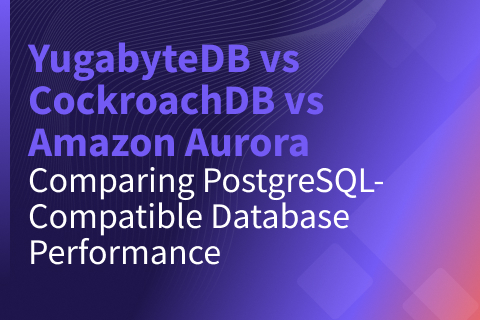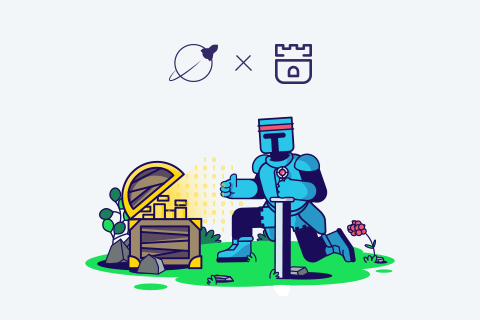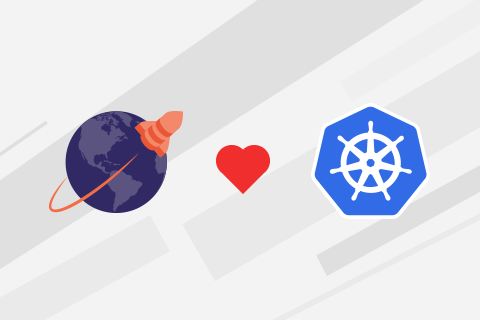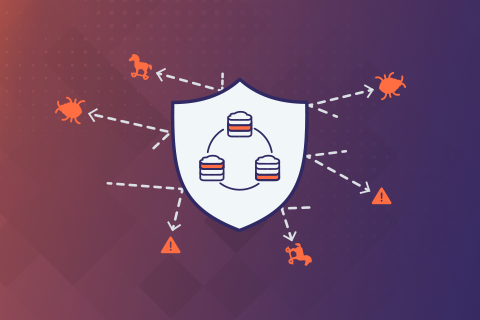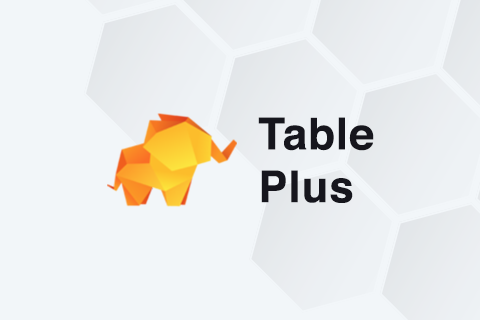The Effect of Isolation Levels on Distributed SQL Performance Benchmarking
This post addresses a concern raised about a benchmarking result we recently published comparing the performance of YugabyteDB, Amazon Aurora and CockroachDB. It was pointed out that we unfairly used the default isolation level for each database rather than use serializable isolation level in all databases (even though serializable level was not required for these workloads). In addition, we are also happy to share additional results with the workloads run at YugabyteDB’s serializable isolation level.
…
